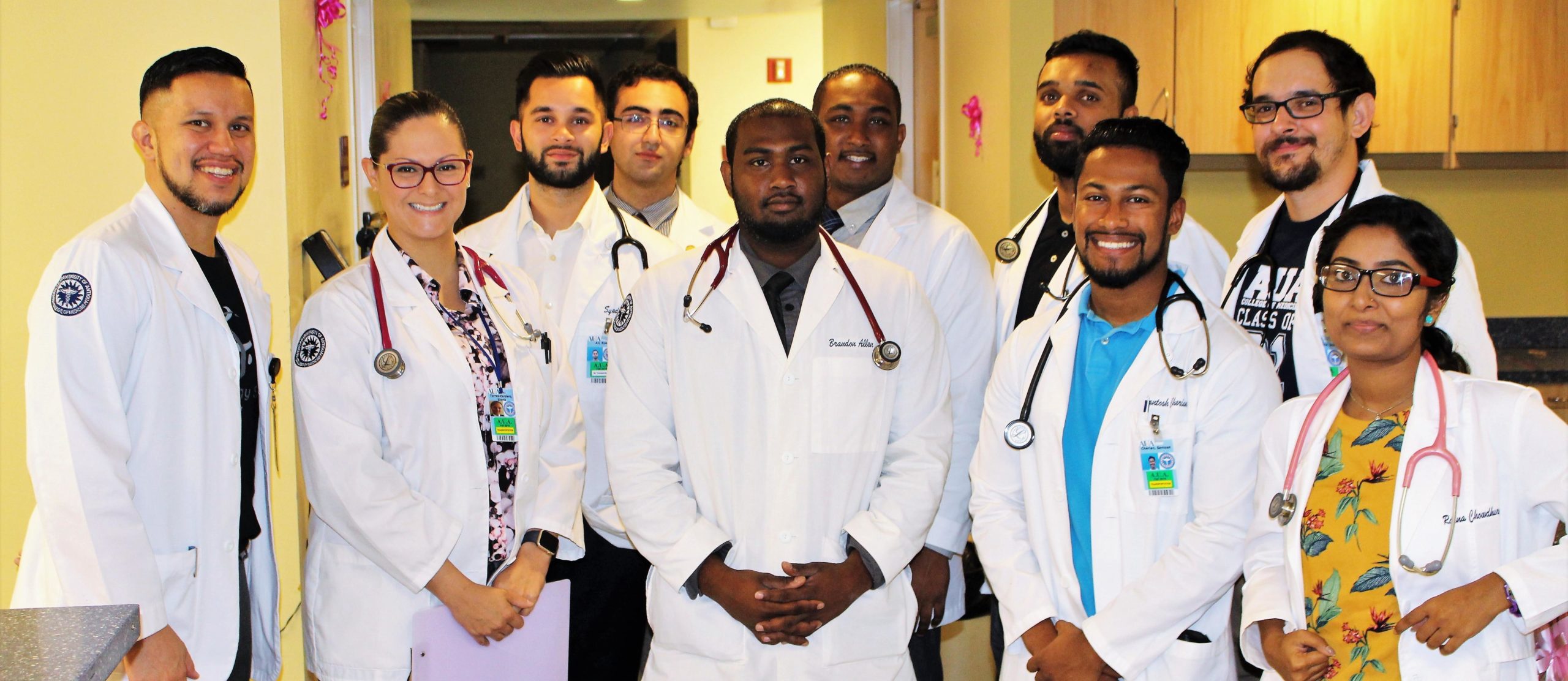
Medical schools in the United States are accepting more diverse entering classes, according to 2018 research. The recent data shows increases in the number of women and some racial and ethnic groups applying to and enrolling in medical school programs.
In 2009, the Liaison Committee on Medical Education (LCME) – the body that accredits medical school programs in the U.S. – introduced two standards designed to recruit and retain more diverse students. The new standards didn’t set specific enrollment goals. Instead, they compelled medical schools to create a “mission-appropriate” diversity policy with the aim of admitting more qualified candidates from historically underrepresented groups.
Researchers from Yale University gathered and analyzed data on the sex, race, and ethnicity of matriculant (new enrollees) at all accredited medical schools between 2002 and 2017. They found that after the LCME standards were implemented, the percentage of female, black, and Hispanic matriculants grew:
• In 2012, the percentage of female and black first-year students began a gradual but steady increase.
• In 2002, 49% of new enrollees were women, 6.8% were black, 5.4% were Hispanic, and 20.8% were Asian.
• In 2017, 50.4% percent of new enrollees were women, 7.3% were black, 8.9% were Hispanic, and 24.6% percent were Asian.
The AAMC (Association of American Medical Colleges) also tracked gains in diversity in medical school applicants and enrollees in its 2018 data:
• For the first time since 2004, more women than men applied to U.S. medical schools, making up 50.9% of applicants (an increase of 5%).
• Women were the majority of matriculants for the second year in a row, increasing from 50.7% in 2017 to 51.6% in 2018.
• The number of black applicants rose by 4%, while the number of new enrollees increased by 4.6%.
• After years of nominal growth or declines, the number of black male applicants increased by 4.4%, and the number of matriculants grew by 7.3%.
Educating physicians from diverse backgrounds and experiences is central to the mission of American University of Antigua (AUA) College of Medicine. AUA is committed to advancing the field of medicine by supporting underserved communities and leading generations of doctors who will respond to local and global healthcare needs.
Underrepresented minorities composed only 13% of all students enrolled in medical students in the U.S. At AUA, they made up 40% of enrolled students that year. AUA is guided by the belief that patients benefit from diverse, compassionate medical professionals. Communities are strengthened when served by doctors who look like they do, who call the same places home, and whose lives have been shaped by the same experiences.
The AUA community is proud to honor the first International Day of Education on January 24. The United Nations General Assembly announced that the International Day of Education will celebrate the importance of education in building peaceful, productive, and healthy societies.
Education can help reduce inequalities and empower people to develop solutions to pressing problems. Everyone has a right to “inclusive and equitable quality education at all levels,” according to the UN’s Sustainable Development Goals. Yet about 265 million children and adolescents around the world don’t have the chance to enter or complete school.
AUA works to help students overcome significant obstacles that may stand in the way of pursuing a career in medicine. AUA provides opportunities for promising students who would otherwise be unable to attend medical school. The university created two scholarships to help relieve the financial burden of medical school: the Physician Diversity Initiative, a scholarship for underrepresented minorities, and the New York Minority Physician Award, a scholarship for black, Puerto Rican, Hispanic, and Asian students from New York State.
AUA’s values are founded on the principle that the more young people have access to higher education and lifelong learning, the more the global community benefits.
Learn more about AUA’s commitment to diversity.








